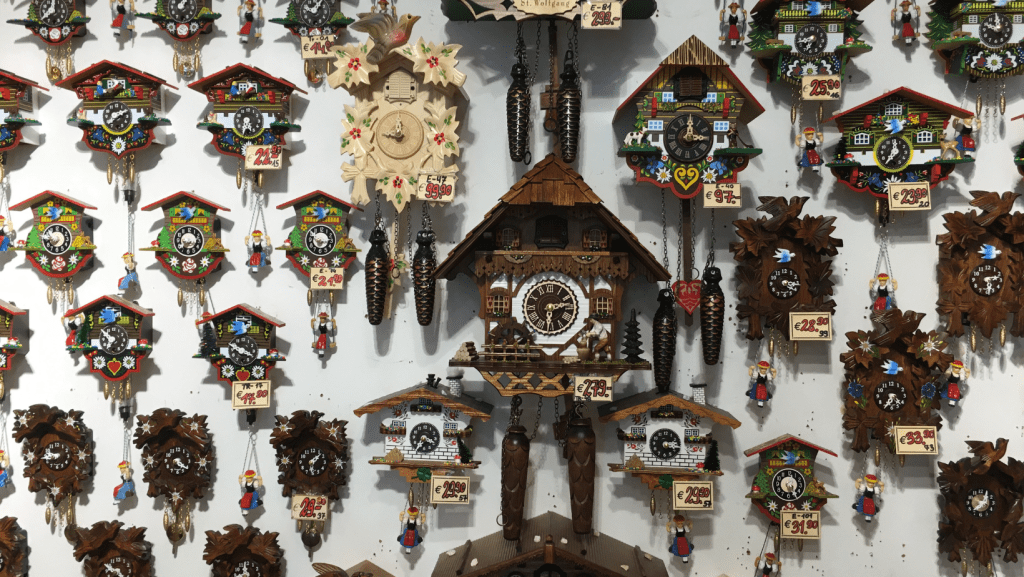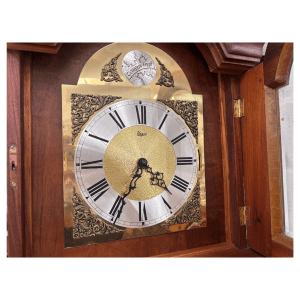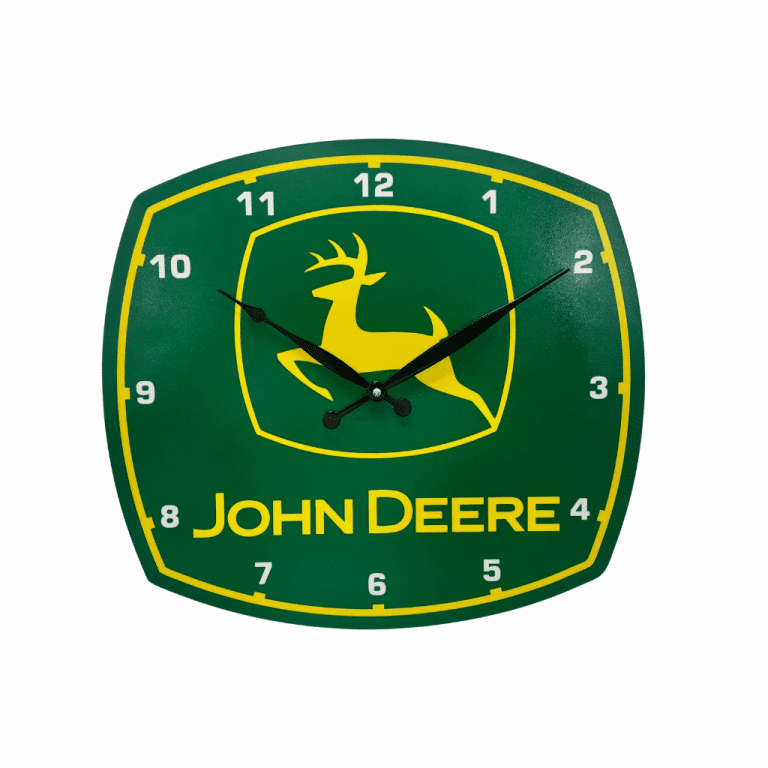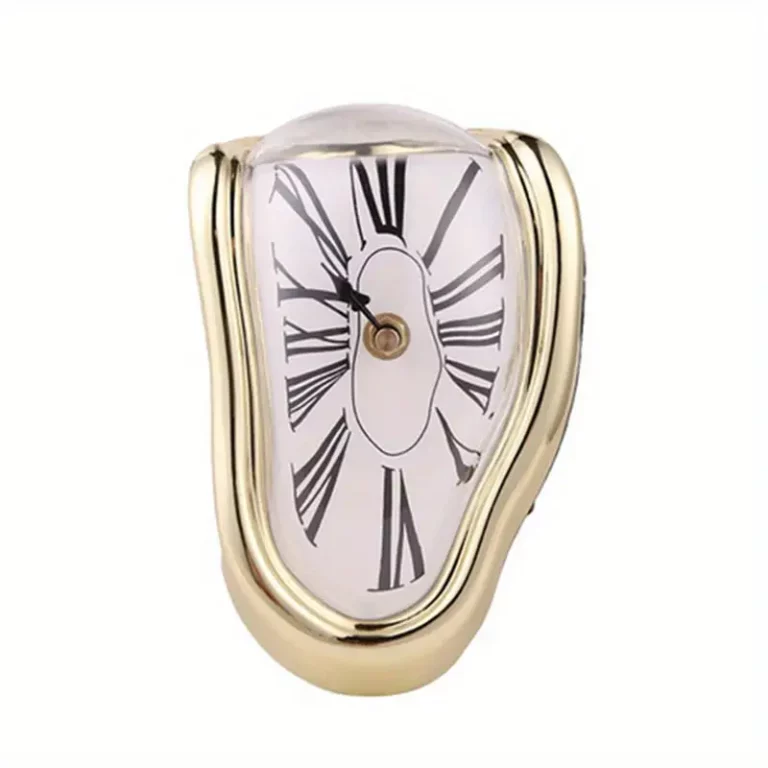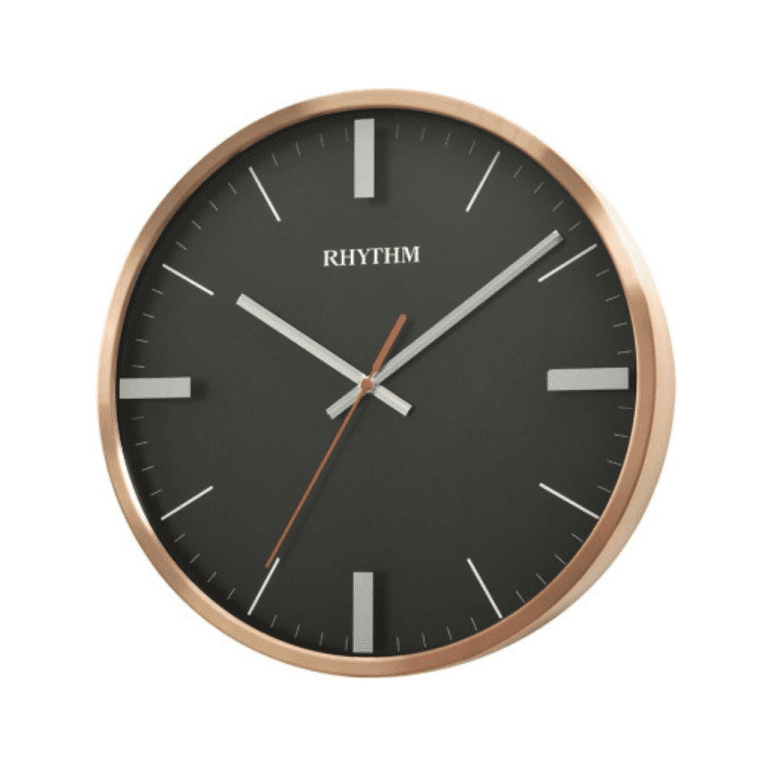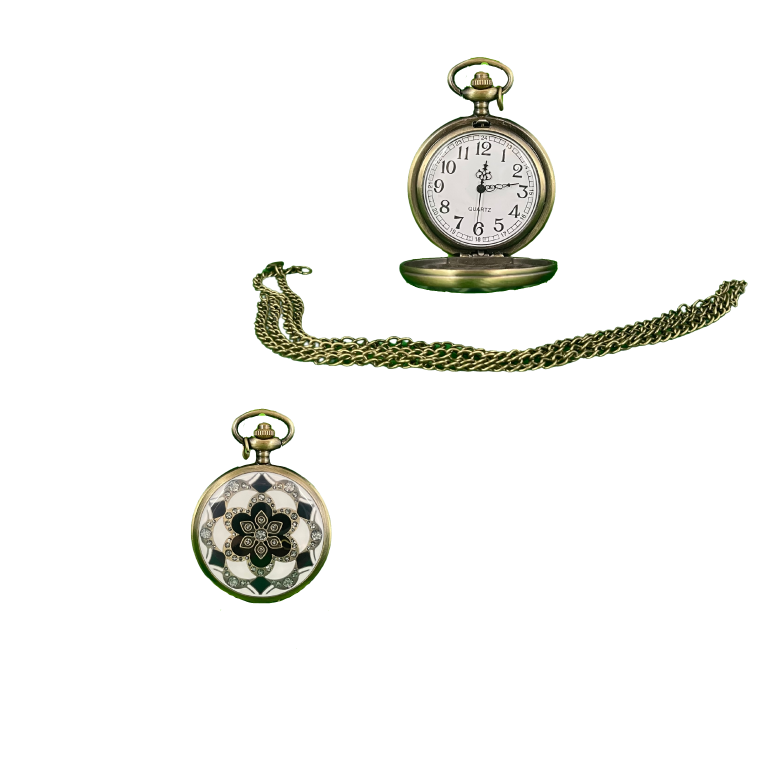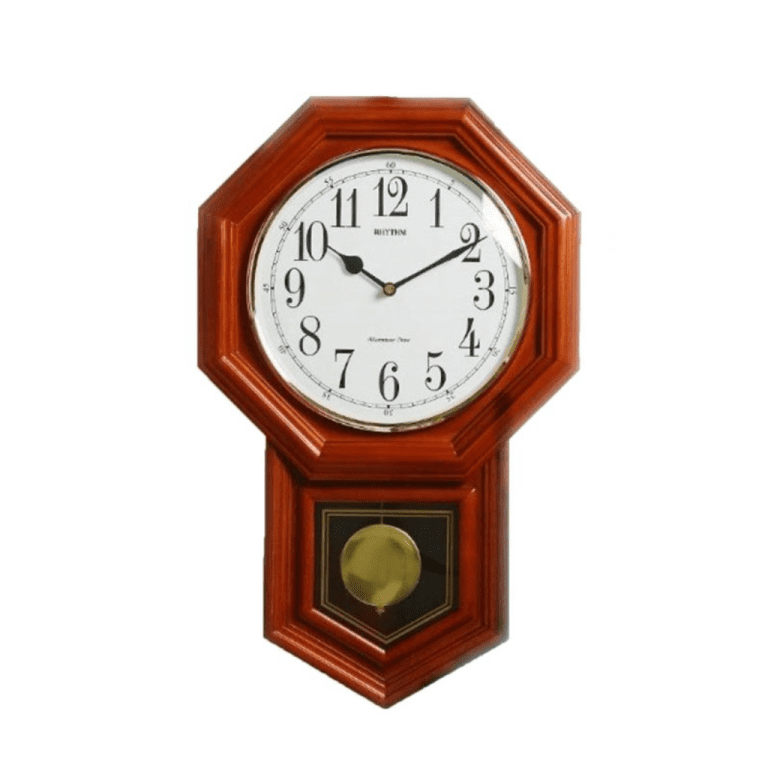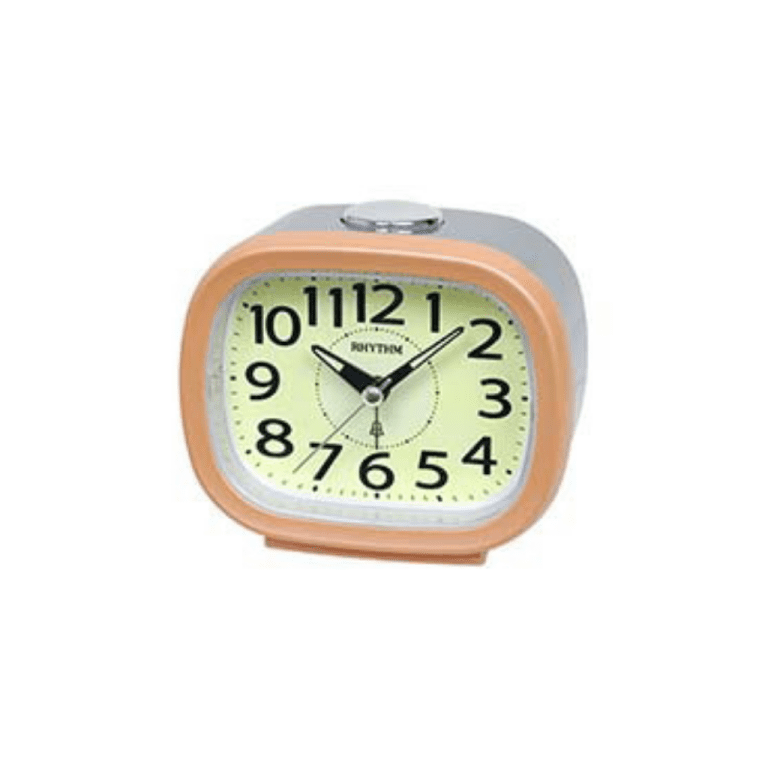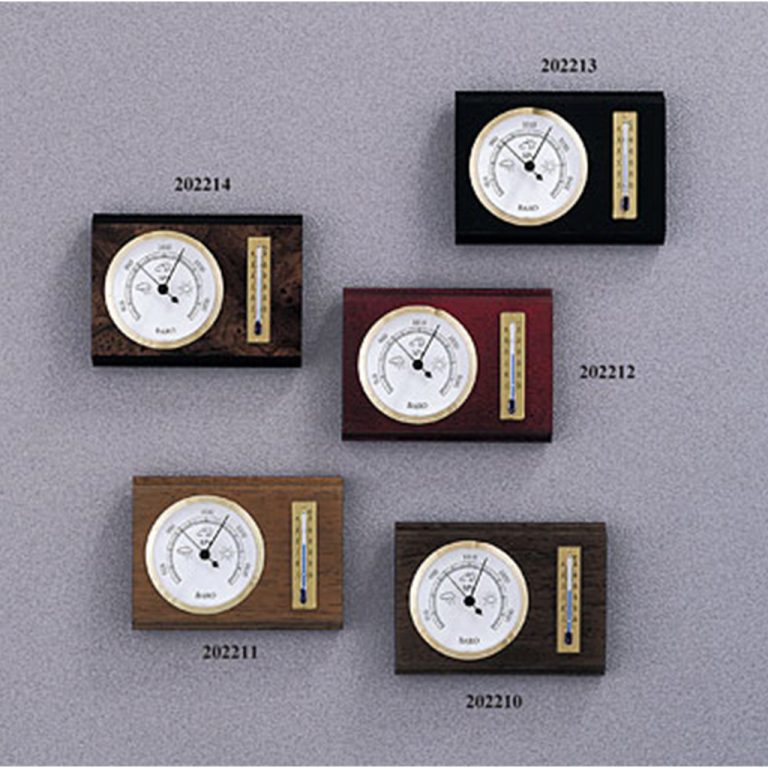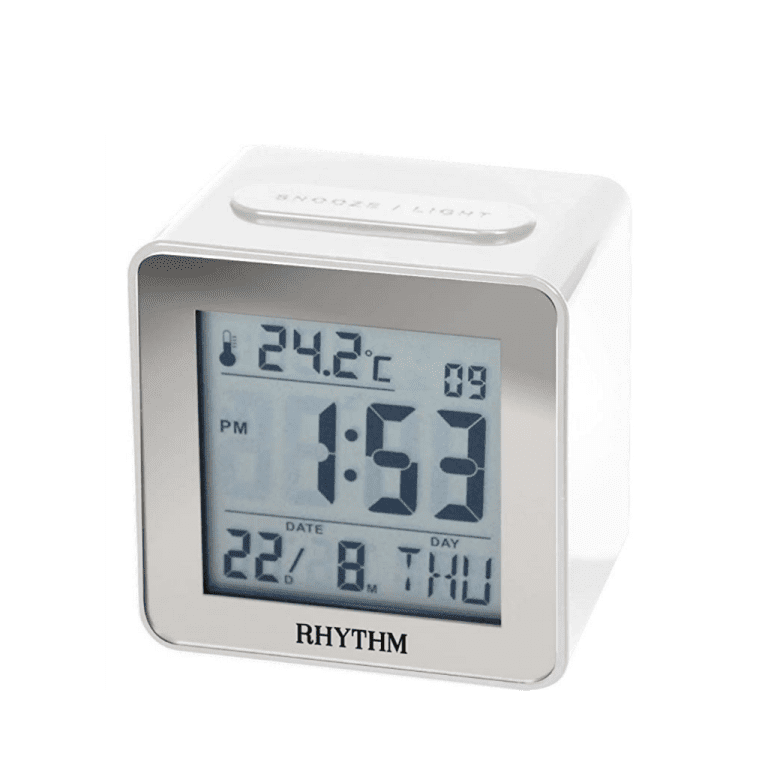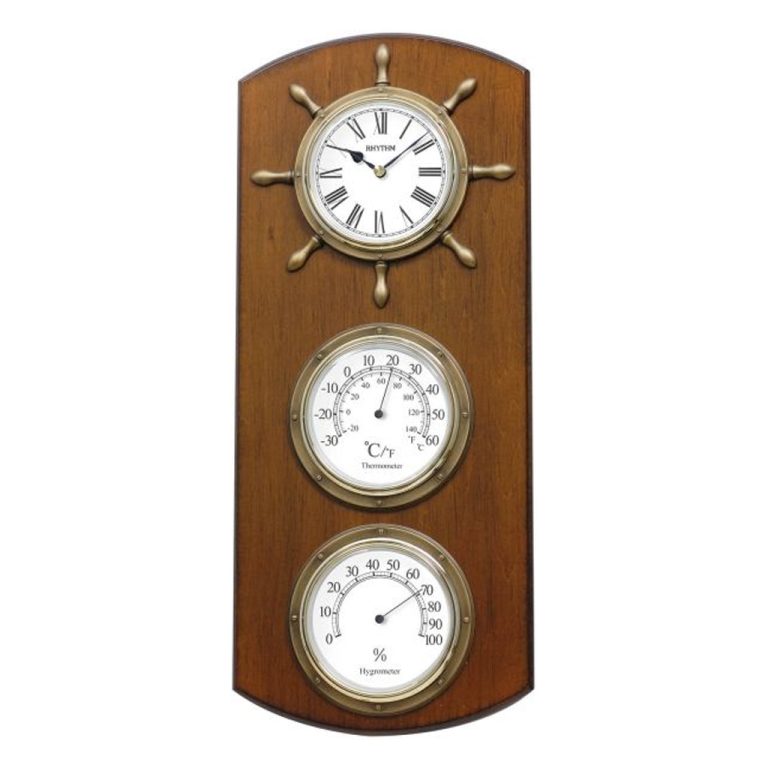Cuckoo clocks are a type of timepiece that is typically associated with the Black Forest region in southwestern Germany.
These clocks are usually made out of wood, and they feature an ornate design that often includes carved figurines and other elements.
The most distinctive feature of cuckoo clocks is, of course, the cuckoo bird that pops out of a small door and announces the time at regular intervals.
Cuckoo clocks have been around for centuries, and they remain a popular tourist souvenir to this day. But where do these clocks come from?
Let’s take a look at the history of cuckoo clocks and how they became such a beloved timepiece.
A Brief History of Cuckoo Clocks – When was the First Cuckoo Clock Made?
A cuckoo clock is typically powered by weights and features an automated cuckoo bird that pops out of a small door on the clock face to mark the hour.
Cuckoo clocks are usually made in the Black Forest region of Germany, where the first cuckoo clock is believed to have been created in the early 18th century.
The earliest known reference to a cuckoo clock is from a German traveler who visited the Black Forest in 1730 and noted that the locals had a type of clock that featured a cuckoo bird.
It is believed that the first cuckoo clocks were created in the early 1700s, with the first recorded sale of a cuckoo clock taking place.
When it comes to cuckoo clocks, there are two schools of thought – traditionalists and modernists.
Traditionalists believe that cuckoo clocks should be made in the same way they have been for centuries, using only natural materials like wood and stone.
Modernists, on the other hand, believe that cuckoo clocks can be made using any materials, as long as the final product is aesthetically pleasing.
The Different Types of Cuckoo Clocks: Black Forest Cuckoo and Modern Cuckoo Clocks
Cuckoo clocks are a type of clock that have a mechanism that causes a cuckoo bird to pop out of a door on the clock and “cuckoo” on the hour. It is not known exactly who made the first cuckoo clock, but it is thought to be a man named Franz Kettler. Kettler was a clockmaker in the town of Schonwald, Germany. The first cuckoo clocks were very simple. They did not have the ornate designs that we see today. Modern cuckoo clocks have their origins in the Black Forest region of Germany. The first cuckoo clocks were made in the early 18th century, and they quickly became a popular tourist souvenir. The early cuckoo clocks were fairly simple in design, and they only had one weight that powered the movement of the clock. The cuckoo bird was usually carved out of wood, and it would pop out of a door on the front of the clock when the time was struck. As cuckoo clocks became more popular, they began to be made with more intricate designs. Some clocks had two weights, which allowed them to play music as well as strike the time.
How do Cuckoo Clocks Work?
Cuckoo clocks are fascinating timepieces that have been around for centuries. These clocks are usually made with a wooden case and have a pendulum that swings back and forth to keep time. The cuckoo bird is a key element of these clocks, and it is typically made out of wood or metal. The bird is attached to a weight inside the clock, and when the time comes for the cuckoo to chirp, the weight pulls on a cord or chain that opens the door of the clock and allows the bird to pop out. The cuckoo bird usually has a lever that you can use to control how often it chirps. Some cuckoo clocks also have music boxes that play a tune when the bird pops out. Cuckoo clocks are fun and interesting pieces that can add a touch of whimsy to your home. If you’re thinking about getting one, be sure to do your research to find a quality clock that will last for many years to come.
Credited to: http://woodenearth.com/

